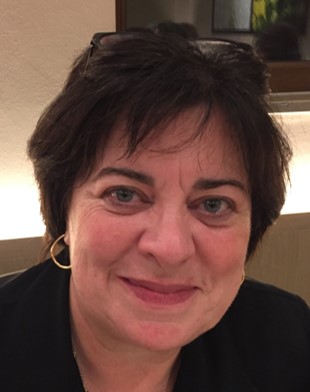
On Jan 20th, in Paris, the Organization for Economic Co-operation and Development (OECD) held a Forum on the Future of Health, with the tag line of “People at the Center”. The Organization provides a setting where governments can compare policy experiences, seek answers to common problems, identify good practice and coordinate domestic and international policies. Generally, the OECD is associated with business, trade unions, developing economies, so it was a very pleasant surprise to see the huge commitment the OECD made to patients and world health with this Forum.
“Over 500 participants representing civil society, patients, providers, policy makers, academics and industry came together to discuss key issues including: Harnessing digital technology and data to create proactive, people-centred systems; Caring for people with complex needs; The importance of measuring what matters to people and to patients.”
The speakers were from all around the globe, including health ministers, economists, …, and a few patient representatives. It was a two-day meeting: the first day open to patient representatives.
Thanks to an invitation issued during an EPF conference on Patient Safety, LUPUS EUROPE was able to attend and was represented by Anne Charlet who went to listen and to learn, to meet and to tweet! Here is her report – previously published in our recent newsletter:
 It was a full day of very high quality presentations and relevant questions and answer sessions.
It was a full day of very high quality presentations and relevant questions and answer sessions.
My first impression was one of surprise as I slowly realized that absolutely every single talk had a patient-centric message: Ask the patient, involve the patient, get patient reported outcomes, “doctors have to get off their pedestals and patients off their knees”!
The presentation that impressed me most was by Michael Porter, an economist and professor at the Harvard Business School. He is not in favor of an incremental approach to developing and using patient reported indicators. “The only definition of a successful health system is one that produces value for patients. We must establish global standard sets of outcomes, condition by condition. There is no excuse for inaction,” he said.
His economist’s approach, quantifying something that we often view as only qualitative, was fascinating. He is a founder of the ICHOM project, which has as a goal to standardize outcome measures for key medical conditions, and thereby being able to truly show “success rates”. I learned at this forum that they are just starting work on their first auto-immune disorder: Rheumatoid Arthritis. For the moment, lupus is not in their plans, and as they are a non-profit organization and accept no funding from industry, they need to have a project funded first before they start work. Something for the future?
There were many more excellent presentations. The few patient representatives that were present seemed to be doing a lot of the tweeting, including myself: if you search on #Futureofhealth, you can read the tweets that went out over those days.
And to read a very good account of the day, look at Tessa Richards: Power to the people—via Paris Tessa Richards, British Medical Journal, blog entry here: http://blogs.bmj.com/bmj/2017/01/20/tessa-richards-power-to-the-people-via-paris/



